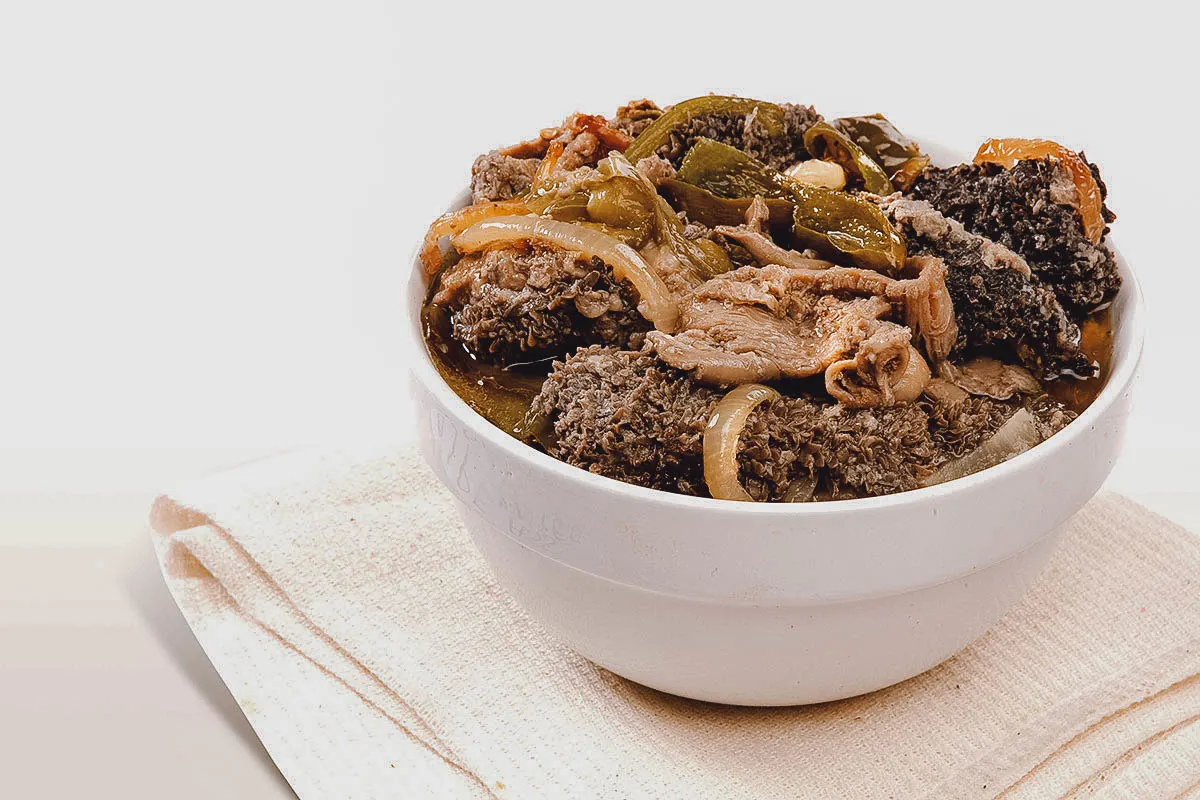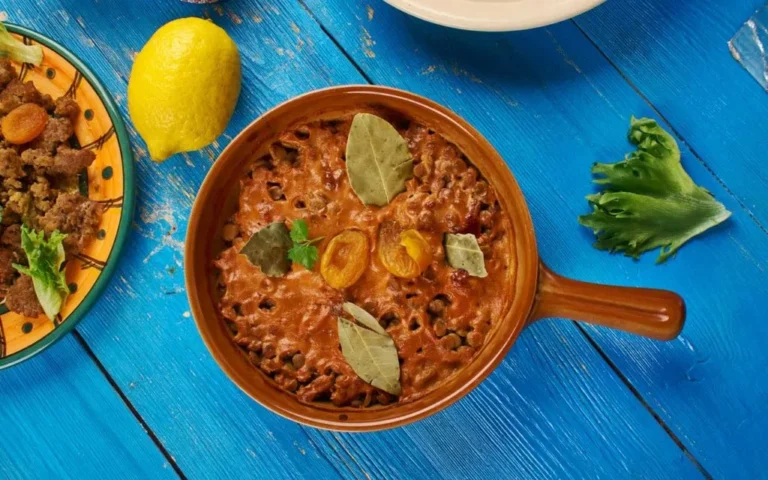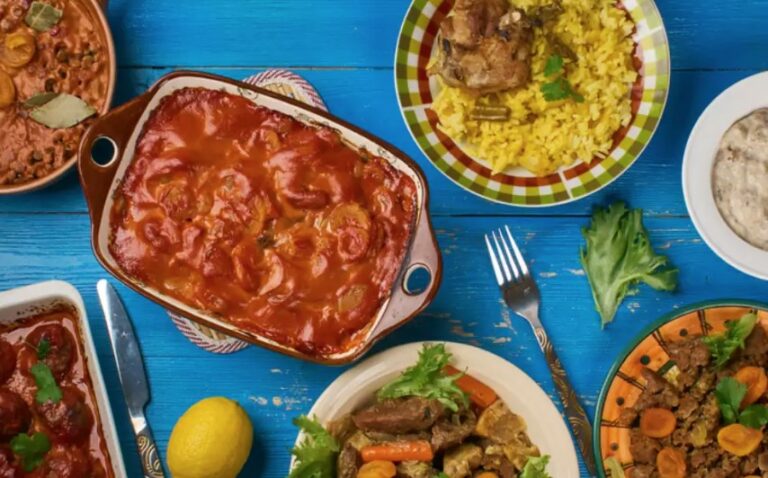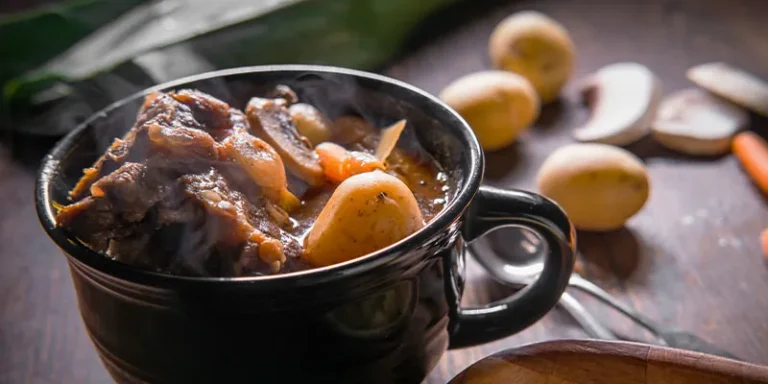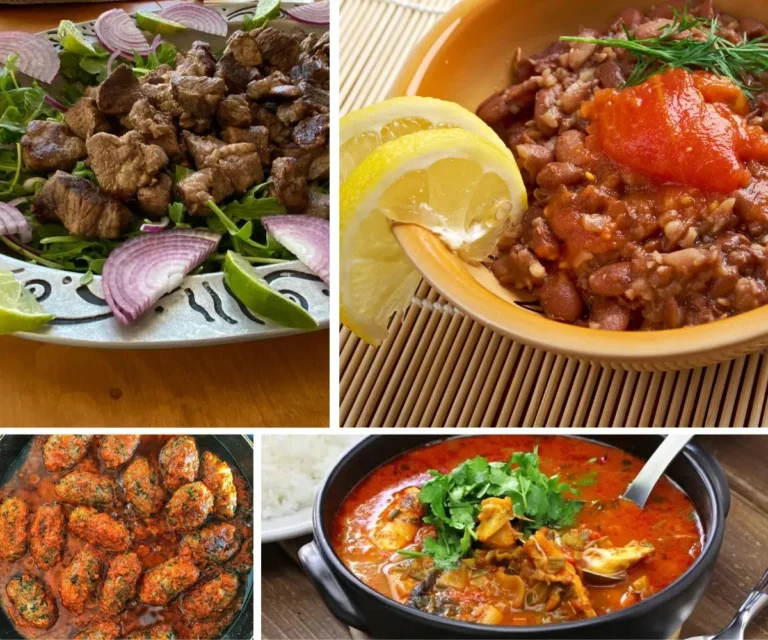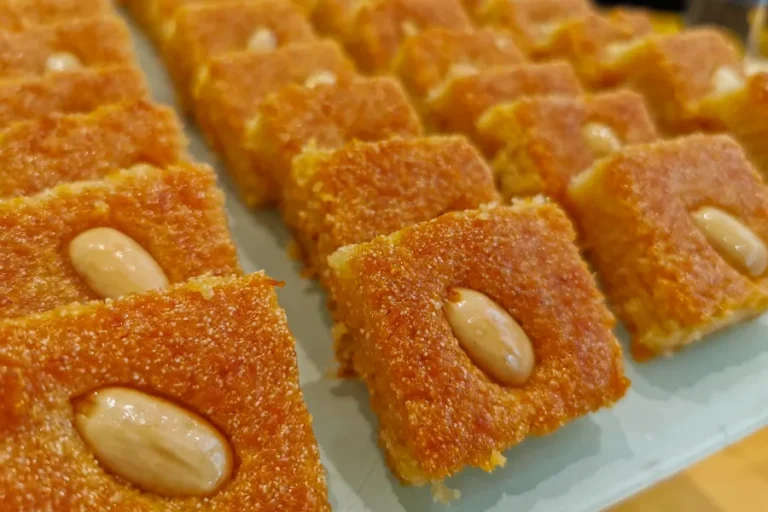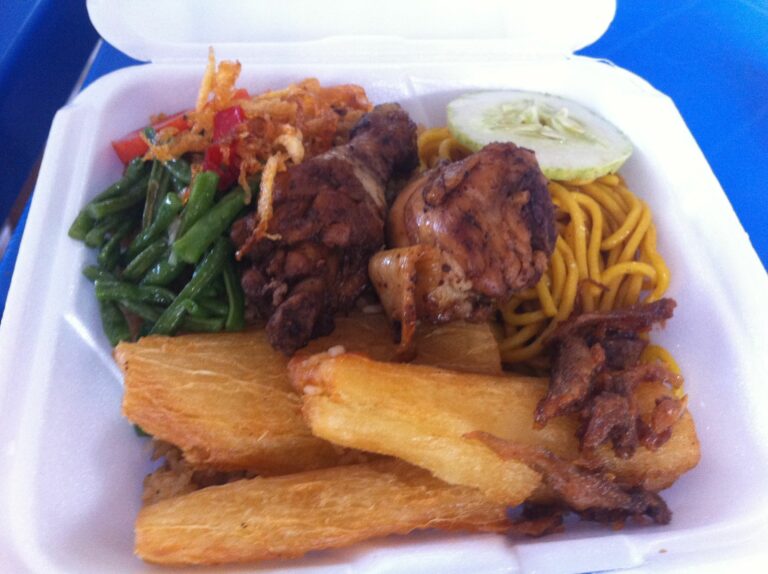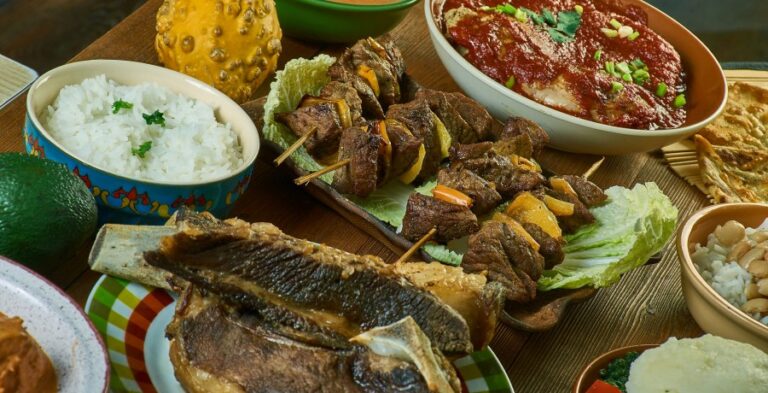Introduction: South African Cuisine
South African cuisine is a fusion of different cultures and influences, which makes it unique and varied. The country’s cuisine draws inspiration from its indigenous peoples, colonial history, and geographical location. The dishes often include a combination of sweet, spicy, and savory flavors. South African cuisine also boasts of its condiments and sauces that add an extra kick to the dishes.
Popular Condiments and Sauces
South African cuisine is incomplete without its condiments and sauces. These sauces not only add flavor to the dishes but also contribute to the country’s culinary identity. Some popular condiments and sauces used in South African dishes include chakalaka, peri-peri, braai sauce, and monkey gland sauce.
Chakalaka: A Spicy Vegetable Relish
Chakalaka is a spicy vegetable relish that is a popular side dish in South Africa. The dish originated from the townships and is made using onions, tomatoes, carrots, green peppers, and spices such as curry powder, paprika, and chili flakes. Chakalaka is a versatile relish that can be served with almost anything, from meat to pap (a traditional porridge made from maize meal). It is also commonly used as a topping for hot dogs and burgers.
Peri-Peri: A Fiery Chili Sauce
Peri-peri is a fiery chili sauce that originated in Mozambique but gained popularity in South Africa. The sauce is made from the African bird’s eye chili, also known as peri-peri, which gives it its distinctive heat. The sauce also contains garlic, lemon juice, and other spices. Peri-peri is commonly used as a marinade for chicken or prawns, but it can also be used as a dipping sauce or a topping for pizzas.
Braai Sauce: A Traditional BBQ Sauce
Braai sauce is a traditional BBQ sauce that is commonly used in South Africa. The sauce is a combination of tomato paste, vinegar, sugar, and spices such as paprika and mustard. It is a sweet and tangy sauce that is perfect for basting meat on the grill. Braai sauce is also commonly used as a condiment for burgers and hot dogs.
Monkey Gland Sauce: A Unique Blend of Flavors
Despite its unusual name, monkey gland sauce does not contain any monkey parts. The sauce is a unique blend of flavors that includes onions, garlic, ginger, chutney, and Worcestershire sauce. The sauce is sweet, tangy, and savory and is commonly used as a topping for steaks or burgers. Monkey gland sauce is also a popular condiment for fries and sandwiches.
In conclusion, South African cuisine is not only about the dishes but also the condiments and sauces that add an extra layer of flavor. Chakalaka, peri-peri, braai sauce, and monkey gland sauce are just a few examples of the many condiments and sauces that are an integral part of South African cuisine. These sauces are not only unique but also reflect the diverse cultural influences that make South African cuisine so special.

